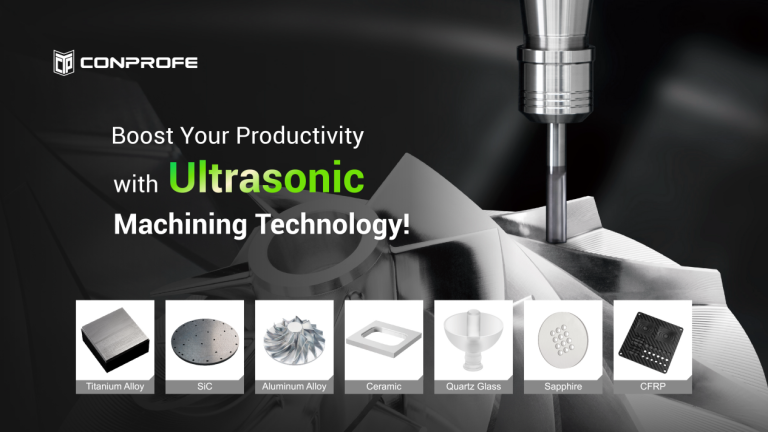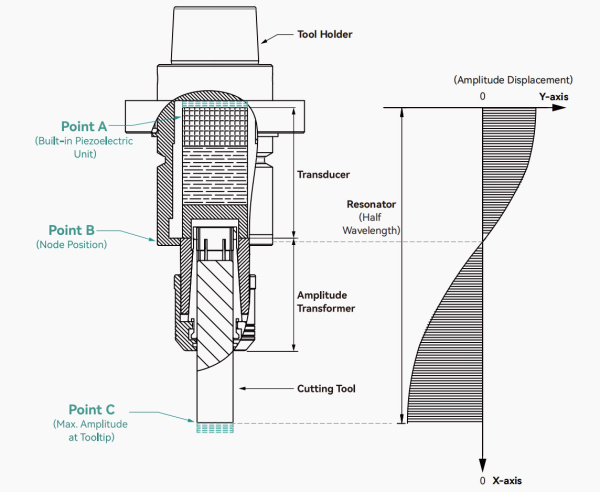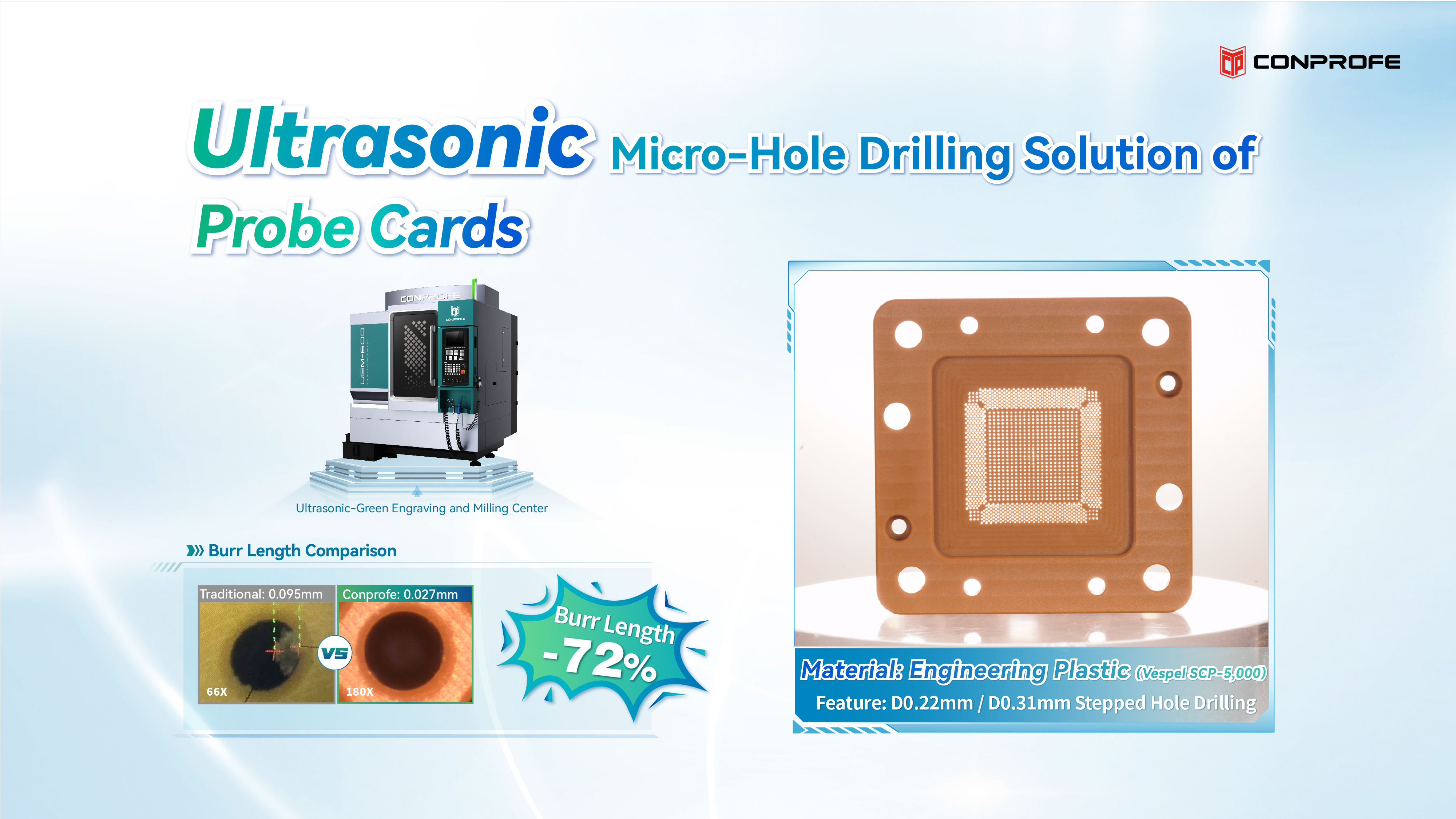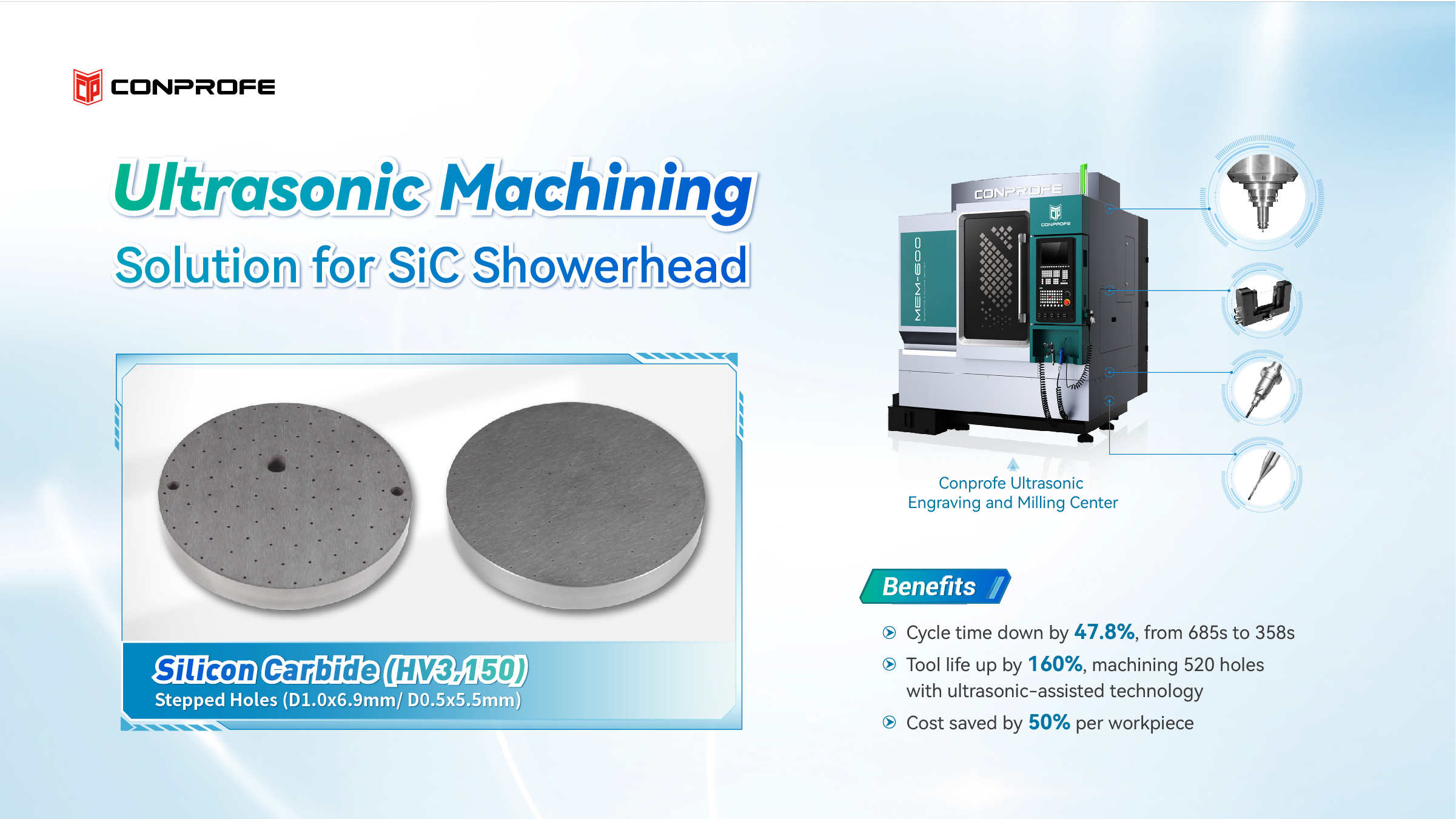Boost Your Productivity with Ultrasonic Machining Technology
 March 12, 2025 6:06 pm
March 12, 2025 6:06 pm
The global ultrasonic equipment market has experienced remarkable growth, rising from $6.13 billion in 2015 to $8.13 billion by 2023. This increase highlights the growing adoption of ultrasonic technology in the manufacturing sector.
China is actively working to enhance the localization of high-end ultrasonic equipment, aiming to strengthen their competitiveness in the global manufacturing market. Ultrasonic machining provides numerous advantages such as high precision, improved surface finishes and quality, reduced tool wear and enhanced efficiency. By embracing Conprofe’s Ultrasonic Machining Technology, manufacturers can achieve significant advancements in their processes.
How Ultrasonic Machining Technology Works
Ultrasonic Machining Technology converts ultrasonic electrical oscillations into mechanical vibrations. While the tool rotates, it applies vibrations at tens of thousands of times per second on the tooltip, creating periodic separation between the tool and the workpiece during the machining process. This results in smoother chip removal, better cooling, and improved consistency of the processed surface, significantly enhancing machining efficiency, extending tool life, and improving the surface quality of the workpiece.
In ultrasonic-assisted machining, the ultrasonic generator is activated byhigh-frequency alternating electrical energy, driving the transducer and amplitude transformer to resonate as a whole. Energy is transmitted in the form of longitudinal waves from point A through point B to point C.
Once activated, the resonator vibrates with minimal elongation and contraction. Points A and C move away from or approach the node of the resonator (point B) simultaneously, while point B remains stationary throughout the vibration process.






